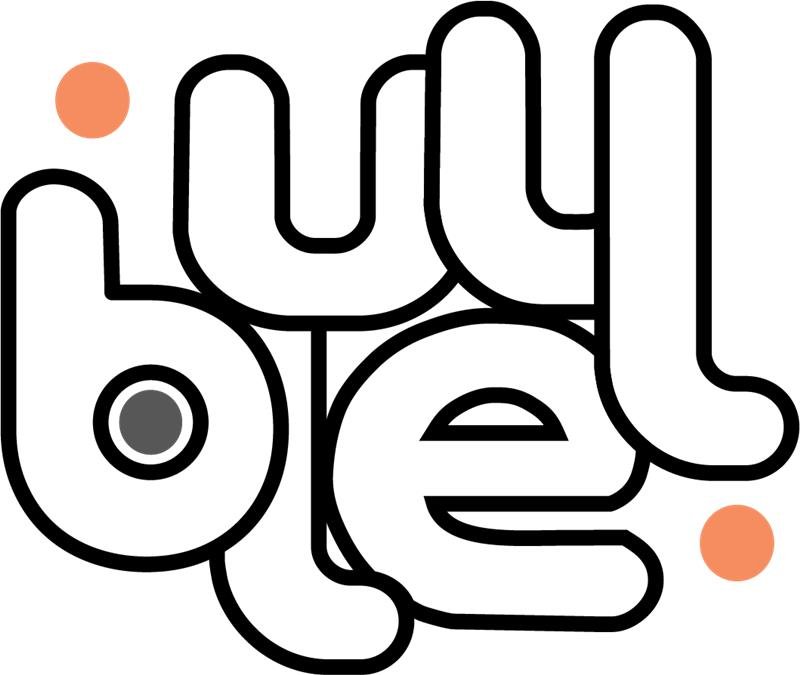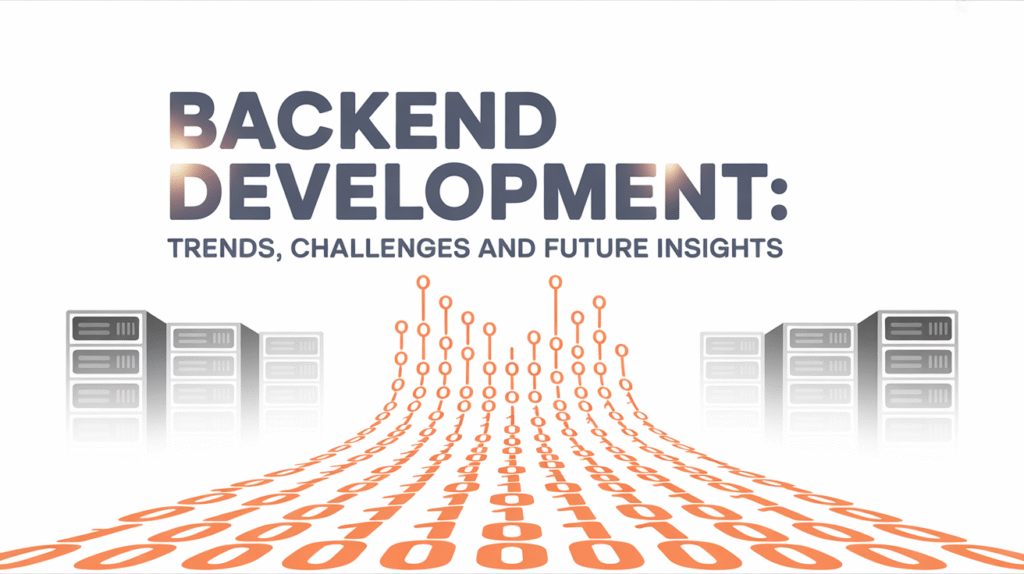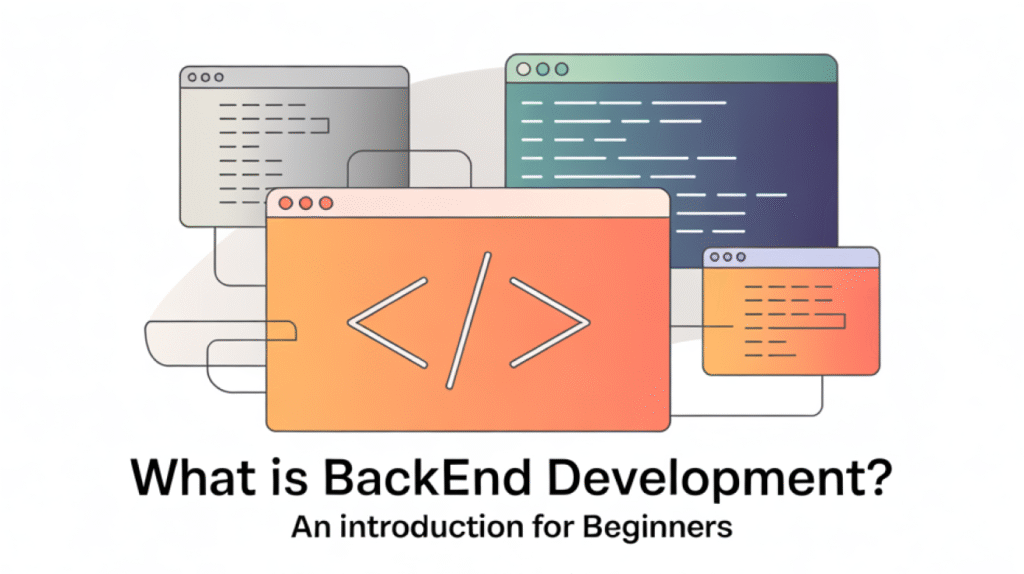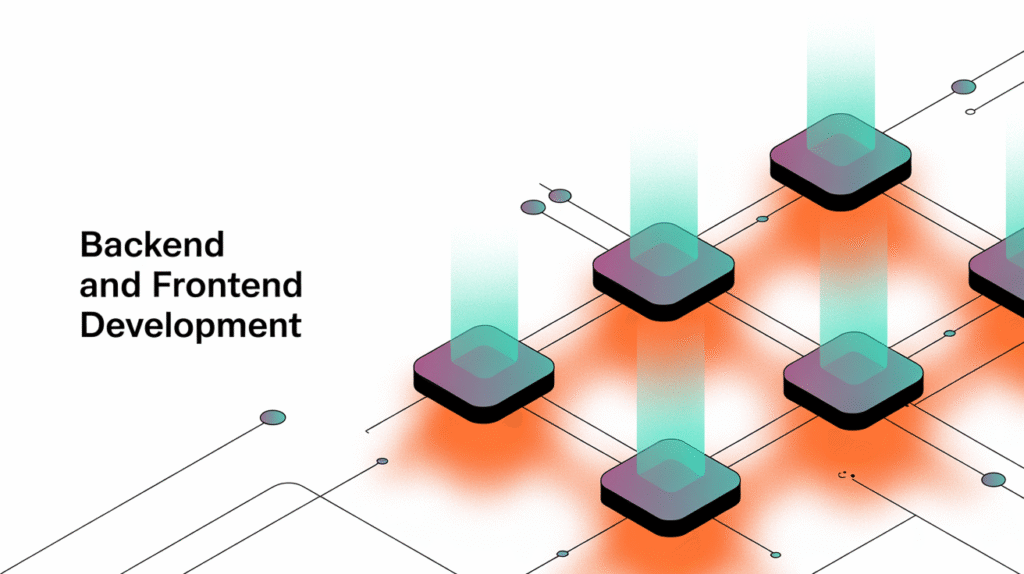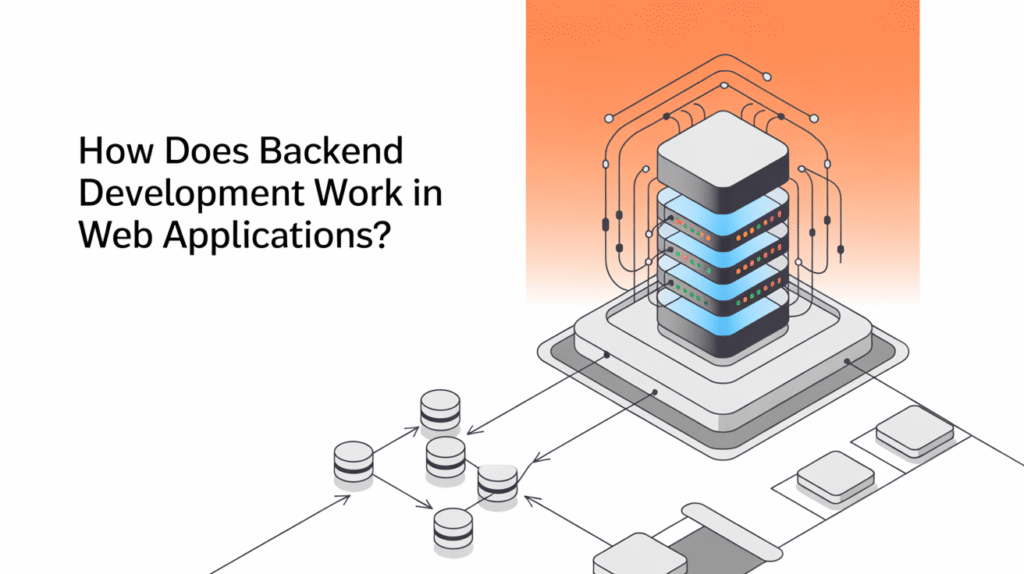- Bluell
- Blog
- Android
How to validate your MVP idea with user feedback and A/B testing
- Development
- 9 min Read
- 19 May 2025

Do you want to build your product? Before you start, read my blog first if you want to save money, resources and time. Today, the smartest move is to validate your idea first instead of investing completely in building a whole product. Many startups focus on building the complete products from the beginning, and they fail in the end. Why? Because they build something that no one wants. You can minimize this risk and relax with the help of a new concept, which is a validation of MVP (Minimum Viable Product).
It provides real-time data from real users, so you can check if your strategy is on track or needs to be adjusted.
In this blog, we’ll share successful methods, such as landing page testing, video presentations, interviews, and A/B testing, that startups and your product teams use to validate before full development. You’ll also learn how tools like Hotjar, Typeform, and analytics platforms can support the process.
Whether you’re a startup or an entrepreneur, this step-by-step blog will help you make smarter MVP decisions. Let’s explore how you can validate your idea, save costs, and build a product that people actually want.
Why do you need validation before development?
As I said above, developing an MVP without first validating your idea can lead to a huge loss of money and time. Most of the time, startups skip user testing and feedback in the beginning, and as a result, they build products that no one wants. Validating your MVP early on will give you insights directly from your target audience that will help you focus on the right problems and features.
A great example is Buffer. Before they built the entire product, they created a simple landing page where visitors could register their interest. When interest turned out to be high, they started building. This type of validation minimizes risk and increases the chances of creating something that is actually in demand from day one.
Step 1: Create a simple landing page (Landing page MVP)
The first step is to create a simple landing page that will be your first MVP. It’s a smart and cost-effective way to test your audience’s interest, whether they’re interested in your idea or not.
Create a value proposition that arouses curiosity
The page title and content should directly answer the question, such as “What problem does this product solve and why is it worth trying?” Keep the message clear and concrete, and use words that show emotion and curiosity. Think “Control your costs with one click” rather than technical details.
Measure interest by clicking and filling out forms
Use your landing page to gather real interest. Add a button to “Get Started” or “Register Interest” and link it to a form. If you get multiple clicks and completed forms, you’re on the right track and ready to move towards the next MVP step.
Step 2: Create an explainer video and run crowdfunding tests
Once you have a basic MVP idea, your next step is to clearly communicate it, and you can do this with the help of a short and useful explainer video. That video will help you test market interest and build your trust, especially when you combine it with a crowdfunding campaign.
Here you can understand this step using the example of Pebble (Indian smartwatch brand). Pebble’s marketing team created a simple but compelling video that showed how their smartwatch worked in everyday life.
Result? Over $10 million was raised via Kickstarter before the product even existed.
So this is a classic example of how powerful a good video and crowdfunding can be.
So now this is the question that may be on your mind: “What should a video contain for maximum impact?”
Here’s the answer to your question: For best results, focus on three things in your video:
- The problem you are solving (specific and relatable).
- The solution (show how your MVP works, preferably when used).
- Credibility (include the team behind the idea and why you are the right people).
Combine this with a clear CTA and you have a powerful validation strategy.
Step 3: Qualitative feedback with interviews and surveys
When you have the first version of your MVP. Now it’s time to really listen to it. Quality feedback can give you deeper insights into your product compared to analytics (clicks and other information). This is about understanding why users act the way they do.
A good tool is the Net Promoter Score (NPS), where you ask: “How likely are you to recommend our product to a friend?” Feel free to follow up with an open-ended question like “What is the most important reason for your answer?” That’s often where the most valuable insights are found.
You can also use surveys and interviews to collect open-ended responses about users’ needs, expectations, and concerns.
Recommended tools:
- Hotjar is best for session recordings and short surveys directly on the page.
- Typeform is a useful and simple tool for creating engaging forms.
- Google Forms is free and quick to set up.
Goal? Understand your target audience so you can improve, not just adjust.
Step 4: A/B testing for features and pricing
Once you have a working MVP, it’s time to do A/B testing. With A/B testing, you compare two versions of a feature, page, or pricing to see which performs best. For example, you can see different price levels for different users and measure analytics on how many actually sign up or buy.
Set clear goals like button clicks, completed purchases, or logins to measure conversions between samples. You can use tools like Google Optimize, VWO, or Optimizely to run your tests smoothly.
Once you’ve collected your data, analyze what worked best for you. Be careful not to jump to conclusions too early; make sure you have enough users for the results to be statistically reliable. Then make quick adjustments and keep testing. This method means you’re constantly building on what works, rather than guessing, and it saves both time and money.
Next steps: From validation to MVP development
Once you’ve validated your idea through user feedback and A/B testing, you’ve checked the reality of a successful MVP. But what happens now? The next natural step is to translate the insights into a tangible MVP (a first version of your product) that can be launched and tested in the real world.
An MVP should be simple but powerful enough to solve a real problem. It’s about getting something to market quickly, collecting data, and continuing to improve. At Bluell, we help you step by step, and you can go from idea to finished MVP.
Read more in our overview of MVP development for a deeper understanding of the process.
Are you ready to take the next step? Book an idea validation workshop with our team; we’ll help you identify the right features, minimize risks, and get started faster.
Table of contents
Contact Us
Book a call or fill out the form below and we will get back to you once we have processed your request.
